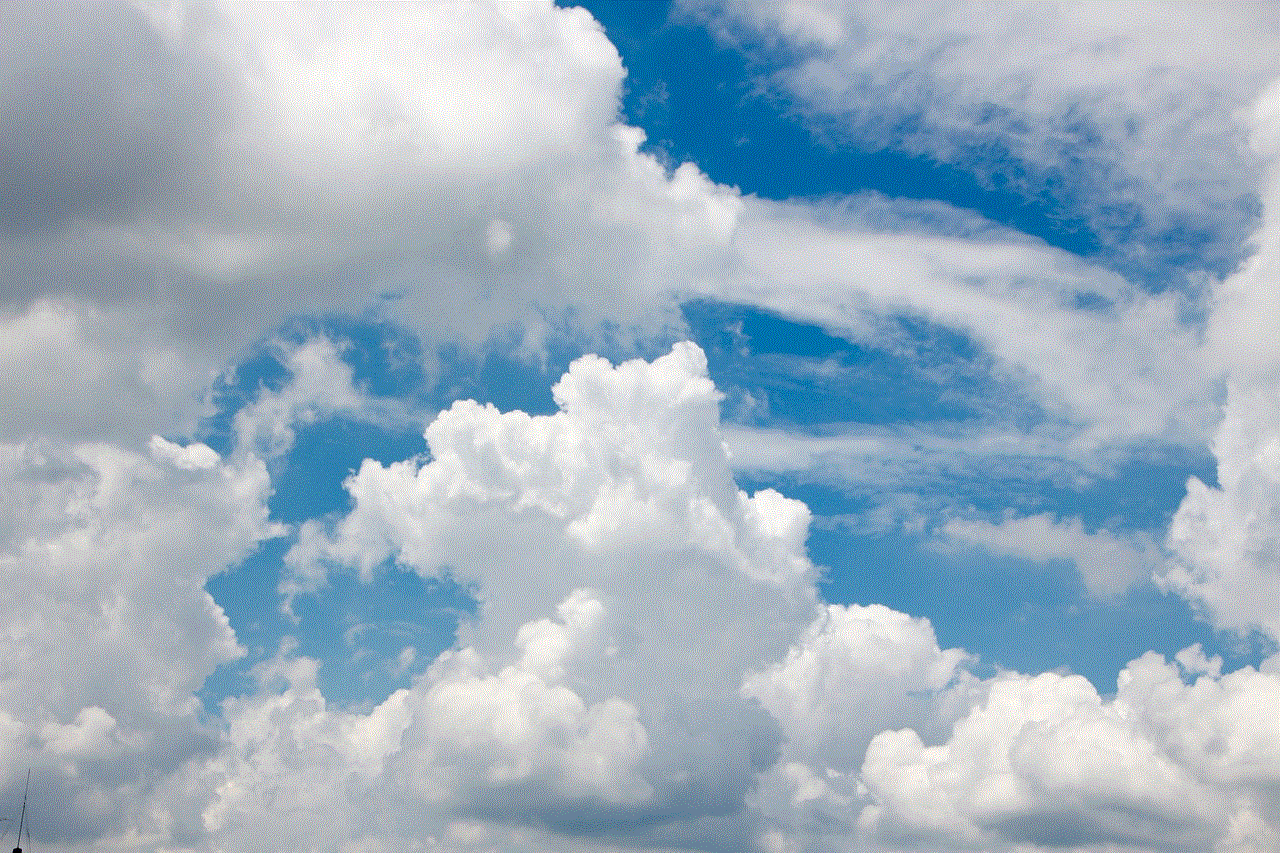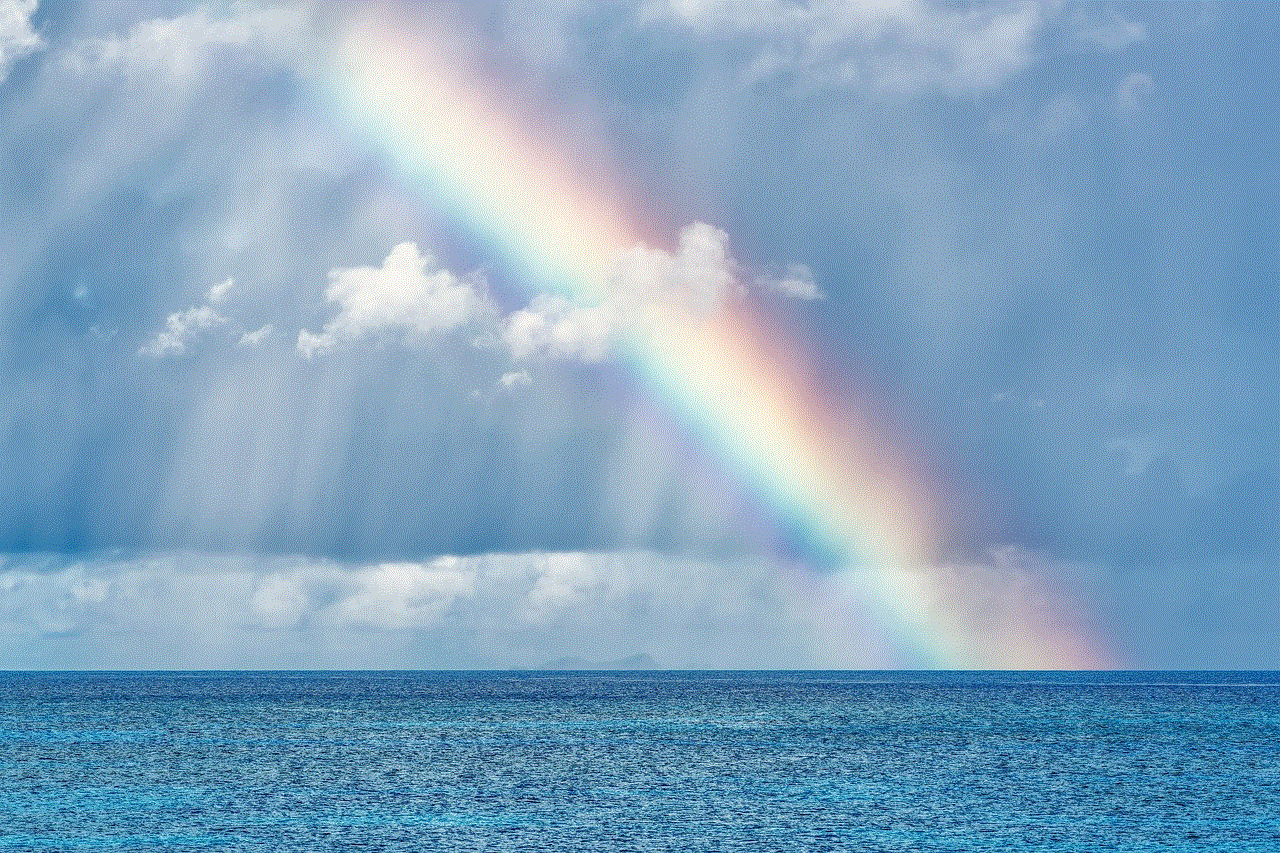happy memorial day we are closed
Title: The Significance and History of Memorial Day: Remembering and Honoring Our Fallen Heroes
Introduction (Word count: 184)
Memorial Day is a solemn holiday observed on the last Monday of May, dedicated to remembering and honoring the brave men and women who have made the ultimate sacrifice while serving in the United States Armed Forces. It is a day to reflect upon the sacrifices made by these heroes and to pay tribute to their memory. This article aims to delve into the history, significance, and traditions associated with Memorial Day, exploring how it has evolved over time.
1. The Origins of Memorial Day (Word count: 244)
The origins of Memorial Day can be traced back to the aftermath of the American Civil War. Following the war, grieving families and communities sought a way to commemorate and honor the fallen soldiers. Various local observances of Decoration Day, as it was initially called, emerged across the country. However, it was not until General John A. Logan, the commander-in-chief of the Grand Army of the Republic, issued a proclamation in 1868 that Decoration Day was officially recognized. The date chosen was May 30, as it did not coincide with any significant battle anniversaries.
2. The Evolution of Memorial Day (Word count: 233)
In the years following its establishment, Memorial Day became an increasingly significant and recognized day of remembrance. It was not exclusively focused on honoring the fallen soldiers of the Civil War but expanded to include all American military personnel who had lost their lives in any conflict. The name “Memorial Day” gained prominence, and in 1971, it was officially declared a national holiday by an act of Congress, to be observed on the last Monday of May.
3. Memorial Day Traditions and Observances (Word count: 215)
Over time, various traditions and observances have become associated with Memorial Day. One of the most well-known is the decoration of graves with flags and flowers. Many families and communities visit cemeteries to pay homage to fallen soldiers by placing flags or wreaths on their graves. Parades are also a common feature of Memorial Day, featuring military personnel, veterans, and community organizations. Additionally, moments of silence, speeches, and religious ceremonies are held to honor the fallen.
4. The Symbolism of the Poppy (Word count: 206)
The red poppy flower has become an enduring symbol of Memorial Day. This tradition originated from the famous World War I poem, “In Flanders Fields,” written by Lieutenant Colonel John McCrae. The poem describes how poppies grew amidst the graves of soldiers in Flanders Fields. The American Legion adopted the red poppy as a symbol of remembrance, and to this day, they distribute poppy flowers as a way to honor fallen soldiers and raise funds to support veterans and their families.
5. Memorial Day and National Unity (Word count: 229)
Memorial Day holds significant importance in fostering national unity and patriotism. It is a day that transcends political, cultural, and regional boundaries, bringing citizens together to honor and remember those who made the ultimate sacrifice. Memorial Day provides an opportunity for Americans to reflect on the shared values and freedoms they enjoy, reminding them of the sacrifices made to preserve those principles.
6. Memorial Day and Veterans (Word count: 223)
While Memorial Day primarily focuses on honoring fallen soldiers, it also serves as a day to recognize and show appreciation for living veterans. Many veterans participate in Memorial Day events, sharing their experiences and providing a tangible link to the sacrifices made by their comrades. It is a time to express gratitude to those who have served and to acknowledge the ongoing challenges faced by veterans and their families.
7. Memorial Day and Remembrance Across the Globe (Word count: 235)
Memorial Day’s influence extends beyond the borders of the United States. Similar observances of remembrance exist in various countries worldwide. For example, Canada commemorates its fallen soldiers on Remembrance Day, observed on November 11, coinciding with the end of World War I. The United Kingdom observes Remembrance Sunday, which falls on the second Sunday in November. These international observances highlight the shared experiences and sacrifices of armed forces personnel across the globe.
8. Memorial Day and the Start of Summer (Word count: 206)
Memorial Day has also become synonymous with the unofficial start of summer in the United States. As the holiday falls on the last Monday of May, it often marks the beginning of a long weekend and is celebrated with barbecues, picnics, and outdoor activities. While it is essential to enjoy these leisurely pursuits, it is crucial to remember the true meaning and significance of the day.
Conclusion (Word count: 140)
Memorial Day remains a poignant and significant day of remembrance, allowing Americans to reflect on the tremendous sacrifices made by the men and women who have served in the military. It is a time to honor their memory, pay tribute to their bravery, and express gratitude for the freedoms enjoyed today. As the nation observes Memorial Day each year, it serves as a reminder of the ongoing commitment to remember, honor, and support those who have served and continue to serve in defense of our nation.
temperature filter snapchat
Snapchat has become one of the most popular social media platforms in recent years, and one of its most beloved features is the use of filters. These filters allow users to add a variety of effects to their photos and videos, including the popular temperature filter. This filter, also known as the weather filter, displays the current temperature and weather conditions of the user’s location on their snap. It has gained immense popularity among Snapchat users, and in this article, we will explore everything you need to know about the temperature filter on Snapchat.
To use the temperature filter, users simply need to take a snap and swipe left or right on the screen to browse through the available filters. The temperature filter is usually among the first few options, indicated by a small icon of a thermometer. Once selected, the filter will display the current temperature and weather conditions, along with a cute image or animation to go with it. Users can also customize the filter by tapping on it to change the units from Celsius to Fahrenheit, or vice versa.
The temperature filter on Snapchat has been around for quite some time now, and it has evolved to become more than just a simple filter. In the early days, the filter only displayed the temperature, but now it also shows the weather conditions, such as sunny, cloudy, rainy, or snowy. This added feature has made the temperature filter even more popular among users, as it gives them a quick glance at the weather before heading out.
One of the reasons why the temperature filter has gained so much love and attention is its accuracy. Snapchat uses real-time weather data from reliable sources to display the temperature and weather conditions on the filter. This makes it a handy tool for users who want to check the weather quickly without having to open a separate app or website. Additionally, the filter updates every time a user takes a snap, ensuring that the information displayed is always current.
Apart from its practical use, the temperature filter is also a fun addition to snaps. Users often use it to add a playful touch to their photos and videos, especially when they are traveling or on vacation. For instance, a snap of someone sipping a cocktail on a sunny beach with the temperature filter displaying 30 degrees Celsius is sure to make their friends envious. It also adds a personal touch to snaps, as the filter displays the temperature and weather conditions of the user’s specific location.
The temperature filter on Snapchat has also been used for creative purposes. Many users have come up with clever ways to incorporate the filter into their snaps, such as using it to display the temperature of their hot cup of coffee or the temperature inside their cozy blanket fort. Some have even used it to show off their hometown’s weather to friends from different parts of the world. This shows the versatility of the temperature filter and how it can be used in various ways.



Another reason why the temperature filter is so popular is that it adds a sense of interaction to snaps. When a user sends a snap to a friend in a different location, the temperature filter displays the temperature and weather conditions of the sender’s location, not the receiver’s. This creates a fun element of surprise, and friends often exchange snaps back and forth, comparing the weather in their respective locations. It also gives a glimpse into the daily lives of friends and family living in different parts of the world.
Moreover, the temperature filter has become a great conversation starter among users. When someone sends a snap with the filter, it often leads to a discussion about the weather and how it differs in different locations. This has made the temperature filter a great icebreaker for new friendships and a way to bond over shared experiences. It has also become a popular topic on social media, with users sharing their snaps using the temperature filter and comparing the weather with others.
Snapchat has also introduced special temperature filters for events and holidays. For instance, on Christmas, the filter displays a snowy background with the temperature and weather conditions, adding a festive touch to snaps. Similarly, for events like the Super Bowl, the filter shows the temperature of the host city, along with a football-themed background. These special filters have become a hit among users, who eagerly wait for them to be released for different occasions.
The temperature filter has also been used for informative purposes. Snapchat has collaborated with various organizations and companies to use the filter to spread awareness about important issues. For instance, during natural disasters like hurricanes and wildfires, the filter displays the current temperature and weather conditions, along with a message about how people can stay safe during such events. This has made the temperature filter not just a fun feature but also a useful tool for spreading awareness.
In conclusion, the temperature filter on Snapchat has become a beloved feature among users for its accuracy, versatility, and fun element. It has evolved from a simple filter to a tool that adds a personal touch to snaps, sparks conversations, and spreads awareness. The temperature filter has become an integral part of the Snapchat experience, and it will continue to be a favorite among users for years to come.
slang definition of thirsty
Thirsty is a term that has evolved in recent years, particularly in the realm of social media and popular culture. In previous eras, it was a simple term used to describe the physical sensation of needing to drink water. However, in the context of modern slang, thirsty has taken on a whole new meaning. It is a term that is often used to describe someone who is overly eager, desperate, or attention-seeking. In this article, we will delve deeper into the slang definition of thirsty and explore its origins, usage, and impact on society.
Origins of the term “thirsty”
The origins of the slang term “thirsty” can be traced back to the early 2000s, with its usage becoming more widespread in the 2010s. It is believed to have originated from hip-hop culture, specifically from the song “Thirsty” by rapper Gucci Mane, released in 2009. In the song, Gucci Mane describes a woman who is constantly seeking attention and validation from men, referring to her as “thirsty”. This usage of the term was then adopted by other rappers and eventually made its way into mainstream slang.
However, some people argue that the origins of “thirsty” can be traced back to the phrase “thirst trap”, which was used in the early 2000s to describe a woman who posted provocative photos on social media to gain attention. The term “thirst trap” was later shortened to “thirsty” and used to describe both men and women who seek validation and attention through various means, including social media.
What does it mean to be “thirsty”?
The slang definition of thirsty can vary depending on the context in which it is used. In general, it refers to someone who is overly eager, desperate, or attention-seeking. This can manifest in different ways, such as constantly seeking validation from others, being overly flirtatious, or being overly aggressive in pursuing someone. It can also refer to someone who is desperate for something, whether it is material possessions, fame, or love.



In the context of social media, being “thirsty” often refers to someone who posts excessively or inauthentically in order to gain attention or followers. This can range from posting overly filtered or provocative photos to constantly sharing personal information or achievements in an attempt to appear more successful or desirable.
The negative connotation of being “thirsty” comes from the underlying implication of desperation and a lack of self-worth. It suggests that the person is willing to do anything for validation or attention, even if it means sacrificing their authenticity.
Examples of “thirsty” in popular culture
The term “thirsty” has become a popular slang term in mainstream culture, particularly on social media. It is often used as a hashtag, and many memes and jokes have been created around it. Here are a few examples of how the term is used in popular culture:
– In the song “Thotiana” by Blueface, the rapper says, “Bust down, Thotiana, I wanna see you bust down (Thirsty).” Here, the term is used to describe someone who is overly eager and desperate for attention.
– Reality TV shows, such as The Bachelor, have also popularized the term. Contestants are often referred to as “thirsty” when they are seen as being too eager or desperate for the attention of the bachelor or bachelorette.
– In the Netflix movie “To All the Boys I’ve Loved Before”, the character Peter Kavinsky is described as “thirsty” by his ex-girlfriend because he is constantly seeking validation from others, including his ex-girlfriend.
– On social media, the term is often used to describe influencers or celebrities who constantly post inauthentic or attention-seeking content. For example, Kim Kardashian’s frequent bikini photos are sometimes referred to as “thirst traps”.
Impact of being “thirsty” on society
The slang definition of thirsty has become so ingrained in popular culture that it is now a common term used to describe someone’s behavior. However, the negative connotation associated with the term has led to some negative consequences.
One of the main issues with being “thirsty” is that it perpetuates a culture of seeking validation from others. In today’s society, where social media plays a significant role in how we view ourselves and others, being “thirsty” can lead to an unhealthy obsession with gaining attention and validation from strangers. This can have a detrimental effect on one’s self-esteem and mental health.
Moreover, the term is often used to police women’s behavior. Women are often criticized for being “too thirsty” or “desperate” if they express their desires openly or pursue what they want. This reinforces harmful gender stereotypes and contributes to a culture of shaming women for being assertive and confident.



On the other hand, the term can also be used to justify toxic behavior. For example, someone might excuse their overly aggressive or inappropriate behavior by saying they were just “thirsty”. This can lead to a normalization of toxic behavior, particularly in relationships and dating.
In conclusion, the slang definition of thirsty has evolved over the years, from a simple term used to describe the physical sensation of needing water to a term used to describe someone who is overly eager, desperate, or attention-seeking. While it has become a popular term in mainstream culture, its negative connotation and impact on society cannot be ignored. It is important to be aware of how we use language and to recognize the harmful implications of perpetuating negative stereotypes and behaviors. Instead of shaming and judging others for being “thirsty”, let’s encourage authentic self-expression and healthy forms of seeking validation.
